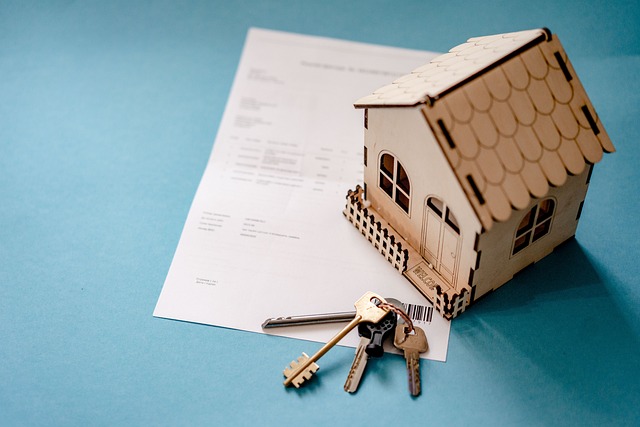When borrowers default on title loans, lenders initiate repossession (taking possession of secured assets) due to missed payments or term violations. After repossession, lenders in cities like San Antonio offer several fair recovery options, including loan approval and market-value appraisal. Borrowers can regain ownership by paying off debt or negotiating plans. Repossession doesn't permanently damage credit; strategic actions such as timely payments on alternative loans can rebuild positive history over time.
Title loan repossession can be a stressful experience, but understanding the process is key to recovering and rebuilding. If you’ve had a title loan taken back by the lender due to non-payment, don’t panic; there are steps you can take to regain control. This article breaks down the complexities of title loan recovery after repossession, providing clear insights into the legal process, available options for repayment, and effective strategies to restore your credit score. Learn how to navigate this challenging situation and take the first step towards financial stability.
- Understanding Title Loan Repossession: What Happens and Why
- The Process of Recovering a Repossessed Title Loan: Steps and Options
- Rebuilding Your Credit After a Repossession: Strategies for Moving Forward
Understanding Title Loan Repossession: What Happens and Why

When a borrower defaults on their title loan payments, the lender may initiate a repossession process. This involves taking physical possession of the secured asset, typically a vehicle, from the borrower’s location. Repossession is a legal right for lenders to safeguard their investment and can occur if the borrower misses multiple consecutive payments or violates the loan terms. After repossessing the collateral, lenders have several options for title loan recovery.
Understanding the reasons behind repossession is crucial for borrowers. Delays or defaults often stem from unforeseen financial hardships, job loss, medical emergencies, or other unexpected life events. Lenders aim to provide financial assistance during such times through various repayment plans or renegotiations, offering a chance to get back on track and avoid complete repossession. However, if the borrower still cannot meet their obligations, repossession becomes inevitable. The recovery process post-repossession focuses on minimizing losses for both parties, ensuring a fair outcome while exploring options like loan approval for future financial stability.
The Process of Recovering a Repossessed Title Loan: Steps and Options

When a title loan goes into default or is repossessed, the lender initiates a structured process to recover the outstanding balance. This involves several key steps designed to ensure fairness and transparency for both parties. First, the lender must notify the borrower of the impending repossession and provide a clear explanation of the reasons behind it. This notification period allows the borrower an opportunity to resolve the default or arrange for the vehicle’s retrieval before the repossession takes place.
After repossessing the asset, the lender assesses the condition of the vehicle. This appraisal determines the market value of the car at the time of recovery. Understanding loan requirements and eligibility criteria play a crucial role here; the lender will consider factors like remaining loan balance, interest accrued, and any associated fees to calculate a final settlement amount. Depending on the situation, borrowers may have options for recovering their vehicle, such as paying off the outstanding debt in full or negotiating a repayment plan with the lender. In cities like San Antonio Loans, where such transactions are common, borrowers can explore these alternatives to potentially regain ownership of their repossessed title loan assets.
Rebuilding Your Credit After a Repossession: Strategies for Moving Forward

After a repossession, rebuilding your credit can seem daunting, but with strategic planning and dedication, it’s possible to restore your financial health. The first step is understanding that while a repossession significantly impacts your score, it doesn’t necessarily mean long-term damage. Focus on consistent, responsible financial behavior moving forward.
One effective strategy is establishing or rebuilding a positive payment history. Consider alternatives to traditional loans, such as secured credit cards or small personal loans from reputable lenders, which can help demonstrate your ability to manage debt responsibly. Additionally, timely payments, regardless of the loan type, will gradually improve your credit score over time. Keep in mind that patience and persistence are key; it may take several months to see significant improvements, but with a solid plan and discipline, you can recover from a repossession and access fast cash options like direct deposit loans again.
After a title loan repossession, there’s life beyond this setback. Understanding the process of title loan recovery and implementing strategies to rebuild your credit can help you regain financial stability. By taking proactive steps, such as learning about alternative lending options and diligently working towards improving your credit score, you can move forward with confidence. Remember, while a repossession may create challenges, it doesn’t define your financial future. With dedication and the right approach, title loan recovery after repossession is achievable, paving the way for a brighter financial horizon.






